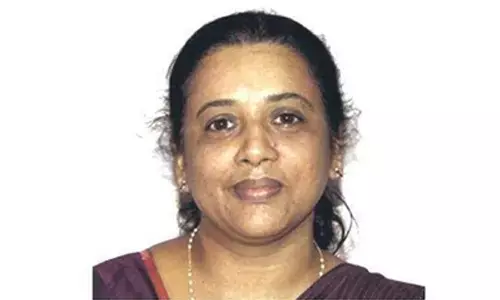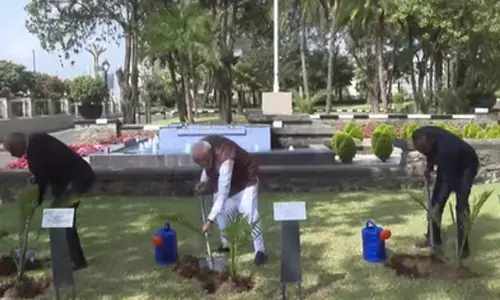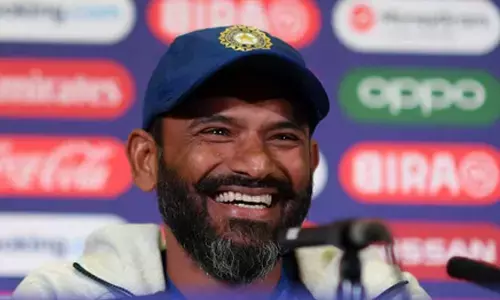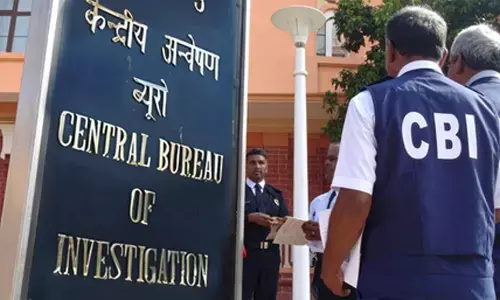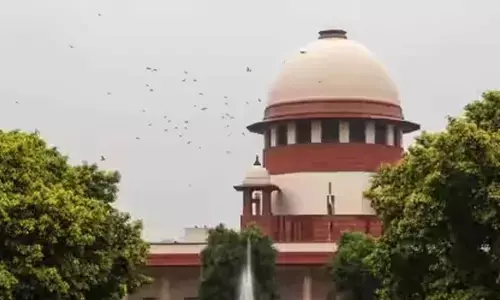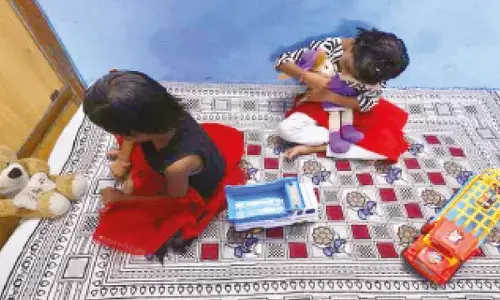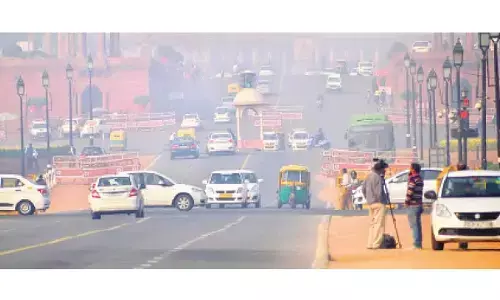MyVoice: Views of our readers 10th June 2025

Views of our readers
US stares at crisis of conscience
Scenes of personnel from the National Guard patrolling the streets of Los Angeles over immigration protests come across as a chilling image. Is this law enforcement or intimidation? These protests aren’t random—they are desperate cries for dignity and reform.
Clamping down may silence voices but not solve the crisis. Isn’t America, the land of immigrants, turning against its roots? Borders need policies, not boots. Protesters demand humanity, not handcuffs. But will Washington ever listen without reaching for weapons first?
Hasnain Rabbani, Mumbai
Depositors bearing the repo cut brunt
The 0.50 bps repo rate cut by the Reserve Bank of India (RBI) has forced banks to cut the deposit rates, including savings bank rates, by 0.50 per cent would render more harm to the depositors, especially the senior citizens who depend more on the interest earned on their deposits for their monthly expenses. This is a very harsh step on the part of banks. Depositors are denied more benefits and additional liability to pay taxes on the income earned. This should be removed. It will be in the fitness of things if senior citizens are provided a 10 or 11 per cent unchanged rate that is not linked to the apex bank’s rate cuts. The lesser margin on interest earned on advances and interest paid to depositors is not the only reason for reduction of interest earned on advances.
There are serious other factors-NPAs, which do not earn interest income, and loss of heavy interest income in the case of compromise proposals. Take the recent case of Bhushan Steel company wherein the lender lost a huge income loss because of a recent Supreme Court judgement. Another factor is write-offs, which on average runs into lakhs of crores of rupees every year, which, at the end of the day is loss of income. It is a tad unfortunate that instead of setting right the lacunae, banks are reducing the already low interest rates on deposits. One hopes that there would be a stable rate of interest to senior citizens and help them live happily.
TSN Rao, Manager (Retd) Indian Bank, AS Rao nagar branch, Hyderabad
Rate cut and growth
The generous rate cut by the RBI may cheer the stock markets for some time but on the ground the growth prospects of the manufacturing sector may not pick up momentum due to the inadequate credit resources.
We need to spur domestic demand first by focusing on employment generation in labour intensive sectors to counter job loss. Employment has taken a beating due to mechanization both in manufacturing and agriculture, which necessitates that we discourage monopolies. We also must promote proactive non-farm-based rural employment in village clusters.
Brij B Goyal, Ludhiana
Law for loudspeaker use should be equal for all
If loudspeakers must be discontinued for Azaan in India, the same should apply for festivals like Ganesh Chaturthi and Navratri. During these two festivals, loud music is played during the wee hours, which disturbs the sleep of patients and old people. I hope the court and the police department take note of this.
Jubel D’Cruz, Mumbai
India’s rare earth supply crisis
China’s rare earth export restrictions, imposed in April have disrupted India’s supply chains, particularly affecting neodymium-iron-boron (NdFeB) magnets, which are vital for electric vehicle (EV) motors, defence systems, and aerospace applications. India, despite holding 6.9 million tonnes of rare earth reserves, remains 100 per cent import-dependent for most critical minerals, making the transition to self-reliance a long-term challenge. The auto industry, warned by the Society of Indian Automobile Manufacturers (SIAM), faces potential production halts by late June while the electronics sector including smartwatches and wireless earbuds, is bracing for shortages and price hikes.
The defence sector, reliant on rare earths for missile guidance systems and radar technologies, is also vulnerable. With China controlling 90 per cent of global rare earth processing, India’s strategic response includes securing alternative supplies from Vietnam, the US, and Australia, alongside domestic initiatives to boost rare earth magnet production. To counter these disruptions, India is accelerating domestic rare earth processing and drafting a fiscal incentive scheme to bridge the cost gap between local and Chinese-made magnets.
Apart from Midwest Advanced Materials Private Ltd’s commencement of commercial production within six months, the National Critical Mineral Mission, launched in April, underscores India’s commitment to achieving self-reliance in strategic minerals. However, sustained investment and policy support will be crucial for success. While these initiatives mark significant progress, India’s transition away from Chinese dependence will take time, requiring a combination of government intervention, private sector investment, and international collaborations to secure a stable supply chain.
Amarjeet Kumar, Hazaribagh









